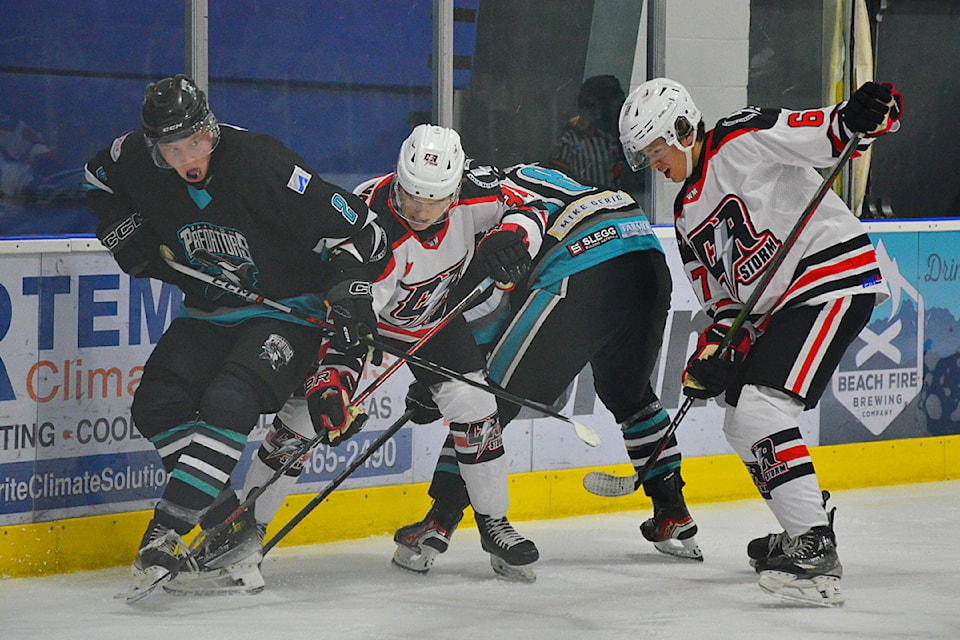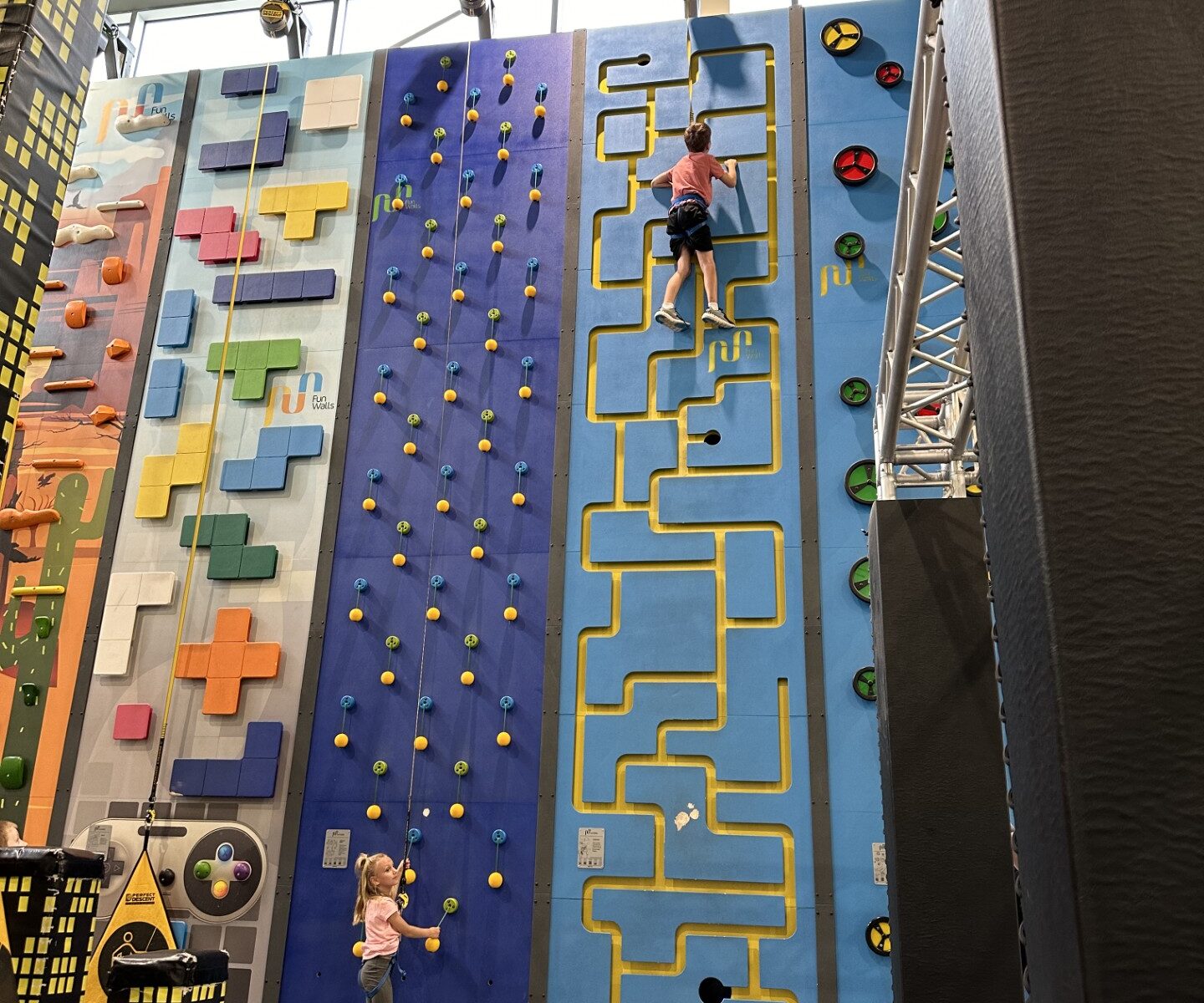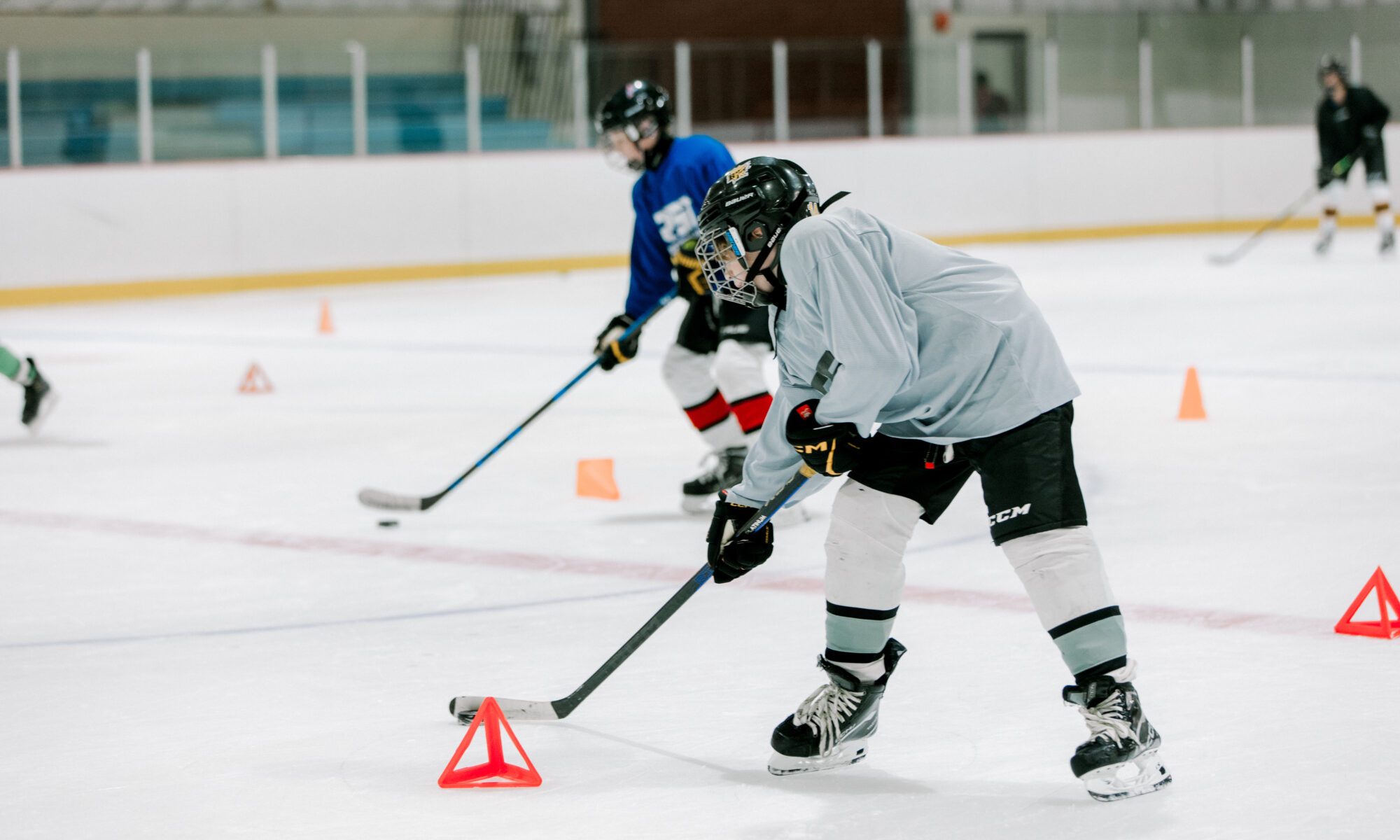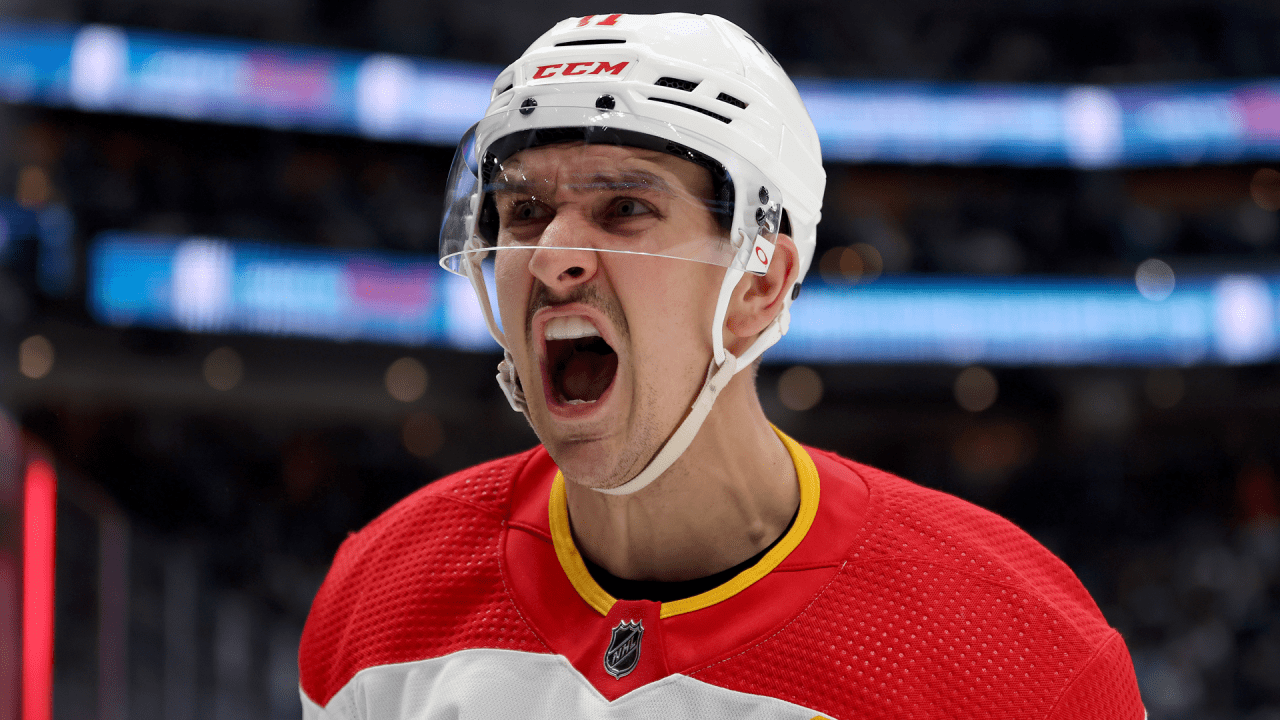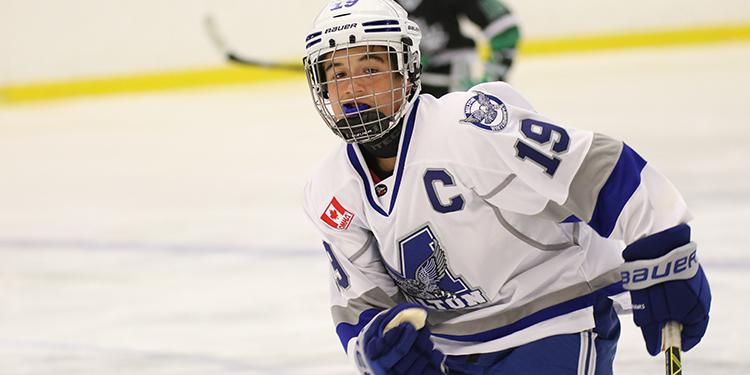As an old coach of mine often said, the puck travels faster than any player on the ice. Ensuring your team supports the puck carrier in strategic locations can facilitate puck movement within the offensive zone, disrupting the opponent’s defensive coverage. Team Canada demonstrated this effectively in their overtime win against the USA during the 4 Nations tournament. The US weakside winger failed to recover quick enough to cover McDavid, and their defenseman was unable to reach Marner in time to prevent the pass.
Continue reading “Creating Offense With Rehearsed Releases”The Impact of Shrinking the Zone In Youth Hockey
As I re-watched our home opener over this past weekend on our Facebook live stream, I realized just how much our defense had learned during our practice plans that focused on gap control—quite literally shrinking the offensive zone as low as inside the faceoff circles. It was astonishing to see how effective this approach was in action with our U13 AA female team. After sharing a screenshot with a friend, even he couldn’t believe how low our defensemen were positioning themselves. The results of this tactic have been nothing short of phenomenal in our first month together, significantly hindering the opposing team’s breakout attempts. However, this aggressive approach comes with risks, such as the occasional odd-man rush. Still, the benefits have outweighed the drawbacks.
Continue reading “The Impact of Shrinking the Zone In Youth Hockey”Intrinsic vs. Extrinsic Motivation: Which Is Better for Your Child’s Success?
Just the other day, I took my kids to the rock climbing wall. My 9-year-old, fearing heights, would only go a quarter of the way up. Without hesitation, I told him if he could reach a point that indicated the halfway marker, I would give him 20 dollars. And if he goes to the top, I would give him 50 dollars. Thinking at the time, I was helping him overcome his fear of heights, but later found out I was using extrinsic motivators, which was clearly the wrong thing to do. This scenario is no different than parents in hockey telling their kids they will pay them 10 dollars per goal. An extrinsic motivator is giving an award for accomplishments, even when a task is expected of our kids like household chores. Now, an intrinsic motivator is where the real learning takes place. This is when we challenge our players so that they need to problem solve, which creates a learning environment along with giving them that feeling of pure enjoyment when coming up with the answer on their own or in my case overcoming my son’s fear of heights.
Continue reading “Intrinsic vs. Extrinsic Motivation: Which Is Better for Your Child’s Success?”How To Trigger The 4 Feel-Good Chemicals For Unlocking High Performance
As a business owner and youth hockey coach, I find myself consistently striving to unlock high performance within my team. I set goals, pushed boundaries, and demanded a lot out of my team. But even on days I questioned if I went too far, I could never figure out why my actions left players craving more. After years of running a business, I always seemed to find that balance of being demanding but never demeaning and earning people’s respect as a boss and a coach. I came across the four feel-good chemicals our body naturally produces endorphins, dopamine, serotonin, and oxytocin. By understanding how these chemicals work and how to trigger their release, you can create an environment that fosters productivity, engagement, and a sense of fulfillment.
Continue reading “How To Trigger The 4 Feel-Good Chemicals For Unlocking High Performance”Team Practice vs. Skills Sessions
In today’s hockey world, coaches are constantly juggling between team practice and skills sessions. The lines between the two seem to be blurry as coaches bring out pylons and danglers during team practices, while players have access to individual skill coaches outside of team activities.
This raises an important question: are coaches misunderstanding the importance of team play in this new generation of highly skilled players? It seems that there may be a focus on individual skills rather than incorporating them into team strategies during practices.
As players progress into their teenage years and face tighter competition, passing and creating offensive opportunities become crucial, yet seem to suffer the most. So, what are the differences between a team practice and skills session, and how can coaches strike a balance between developing individual skills and fostering team dynamics?
Continue reading “Team Practice vs. Skills Sessions”Unpacking the Details Inside The Concept of Breakouts in Hockey
The Breakout in hockey is an integral part of the sport, and often goes unnoticed due to its efficiency when executed properly. In this blog post, we delve into the key details that make breakouts successful and highlight the unique role each position plays. From defense to goalie, everyone has a part to contribute to the success of a breakout. Let’s dissect the game and unravel the intricate workings of this fundamental play.
Continue reading “Unpacking the Details Inside The Concept of Breakouts in Hockey”Maximizing Performance through Neutral Thinking: A Guide for Players
In today’s competitive landscape, the mental game has become an integral part of player performance. Mastering the ability to live in the present moment without getting bogged down by past errors or future worries, referred to as neutral thinking, can significantly enhance an athlete’s performance. This blog post explores the concept of neutral thinking and its pivotal role in improving sports performance. Let’s delve into how you can adopt this thinking style to maximize your sporting potential.
Continue reading “Maximizing Performance through Neutral Thinking: A Guide for Players”Unleashing Your Team’s Full Potential: How to Secure a Win Through Momentum
Momentum is a powerful force that can make or break a team’s performance. As a coach, I have seen first-hand how a shift in momentum can completely change the outcome of a game. It can be exhilarating when your team is riding high on a wave of momentum, effortlessly executing plays and dominating the competition. However, it can also be frustrating when your team is struggling to find their footing and falling behind. But fear not, for in this post, we will discuss how to unleash your team’s full potential and secure a win through the power of momentum. So let’s dive in and learn how to harness this force for success.
Continue reading “Unleashing Your Team’s Full Potential: How to Secure a Win Through Momentum”How Choosing the Right Captain Can Make or Break Your Team
Choosing the right Captains for a team is a crucial decision that can greatly impact the overall performance and dynamics of the group. Player leadership is a key factor in the success of any team, and the role of a Captain goes beyond just on-field performance. They are responsible for motivating and uniting their teammates, making strategic decisions, and representing the team as a whole. In this blog post, we will discuss the importance of choosing the right Captains and how they can make or break your team.
Continue reading “How Choosing the Right Captain Can Make or Break Your Team”From Zero to Hero: Teams That Turned Losing Streaks into Winning Streaks
Every sports team experiences a losing streak at some point in their season. It’s a frustrating and demoralizing time for players, coaches, and fans alike. But what separates the great teams from the mediocre ones is their ability to bounce back and turn that losing streak into a winning streak. In this blog post, we’ll take a look at some of the most memorable and inspiring stories of teams that went from zero to hero by overcoming a losing streak and going on to achieve great success. So let’s dive in and get ready to be motivated and inspired by these remarkable teams.
Continue reading “From Zero to Hero: Teams That Turned Losing Streaks into Winning Streaks”
